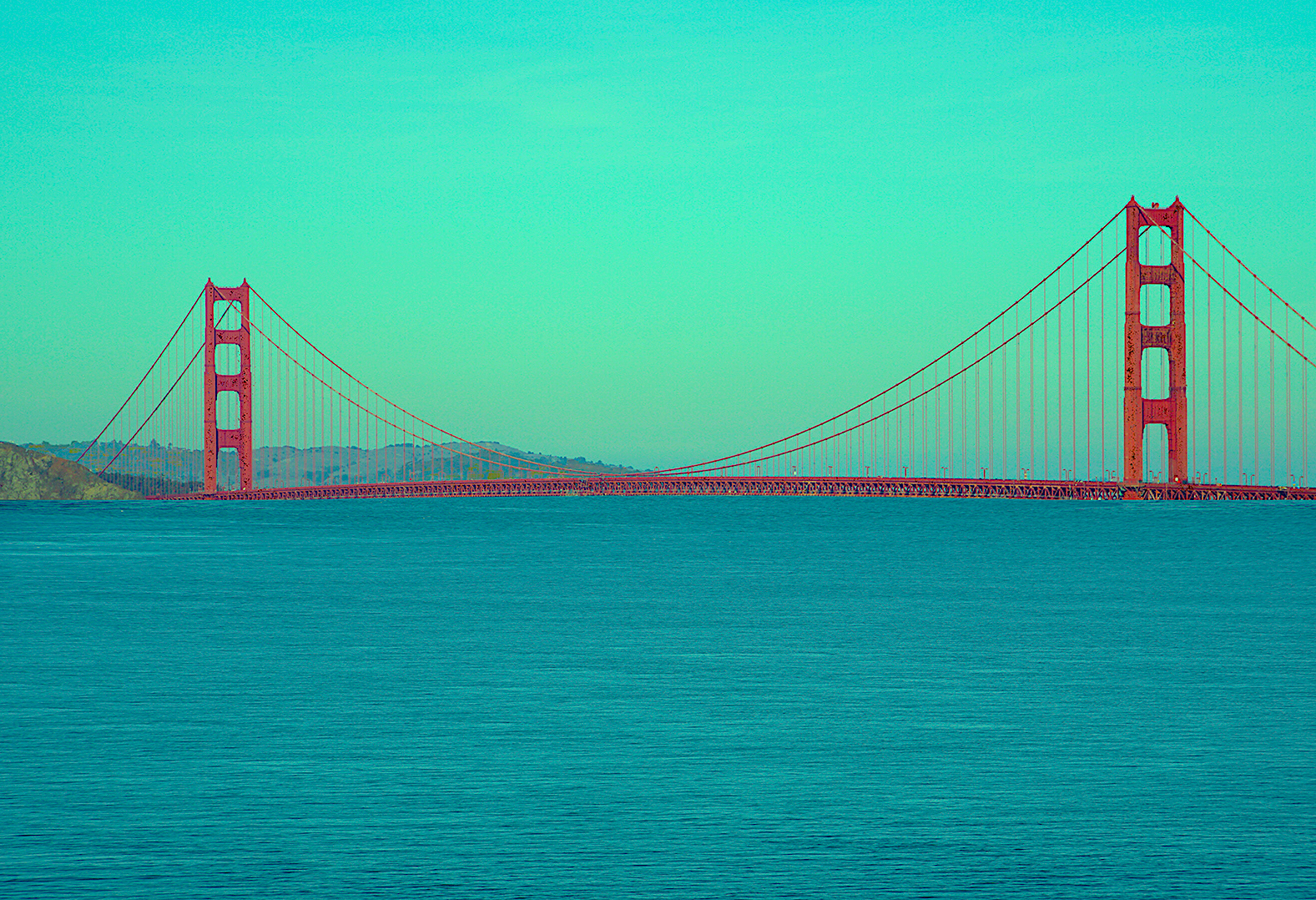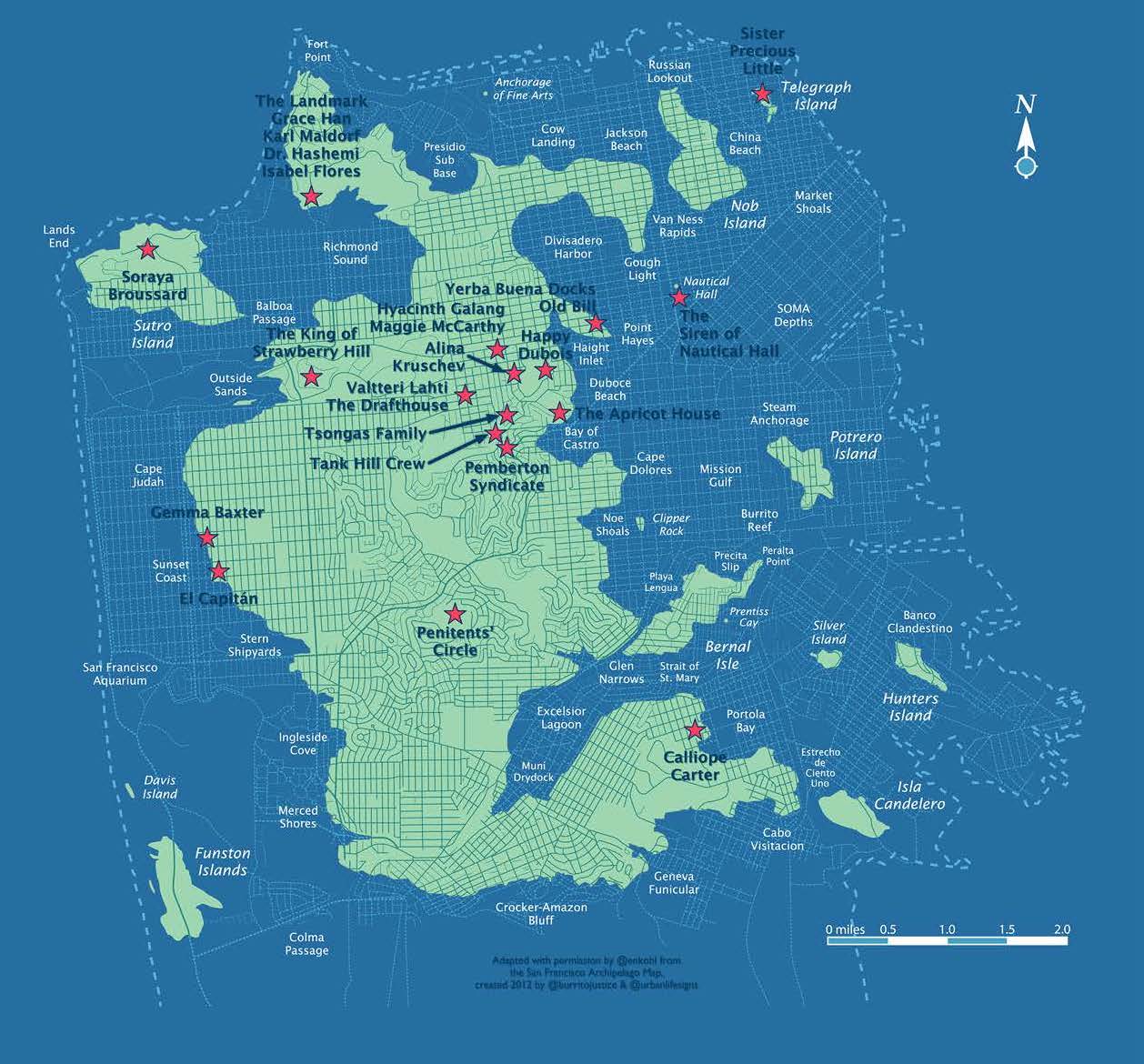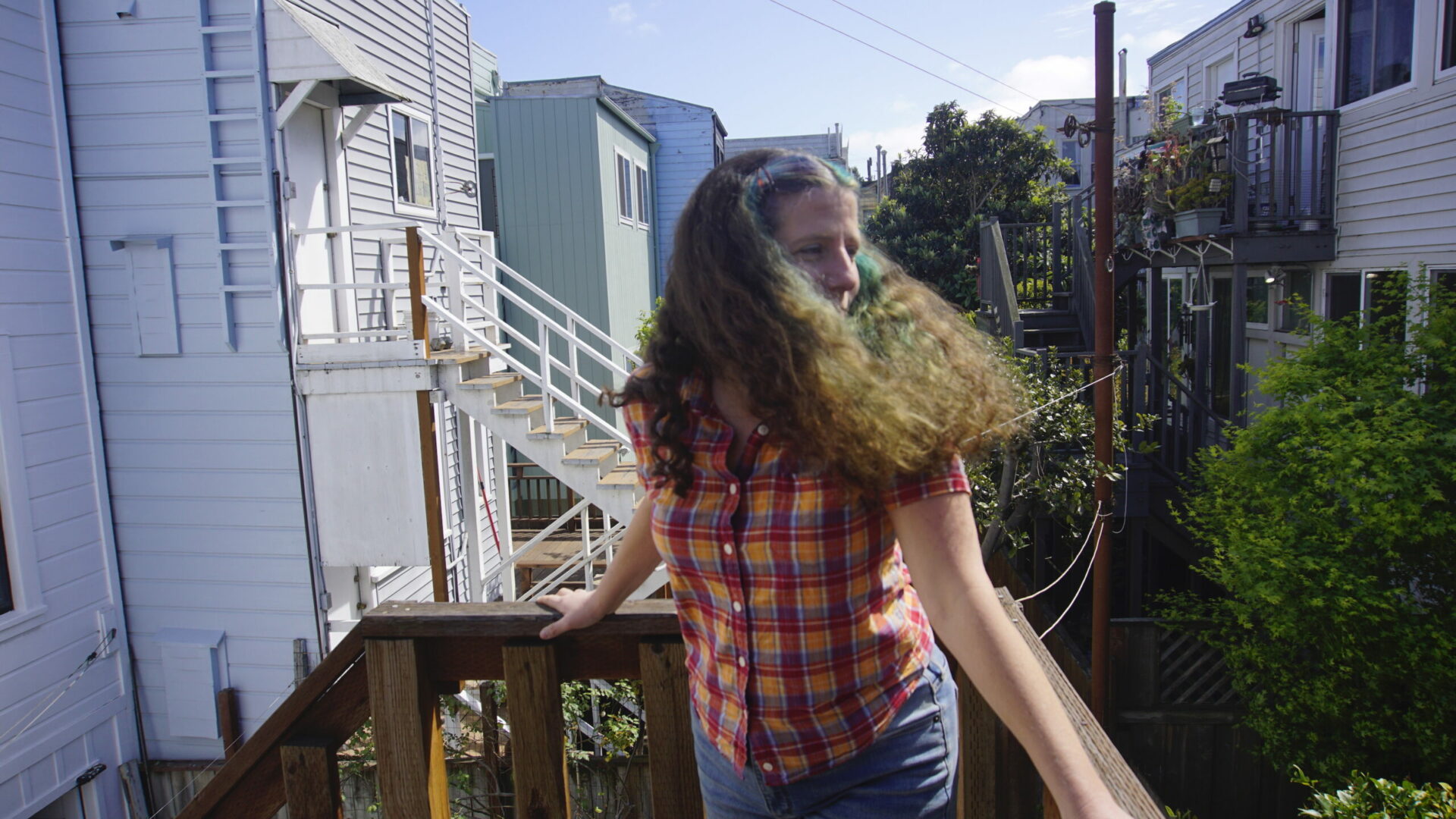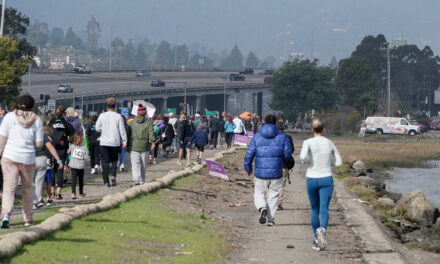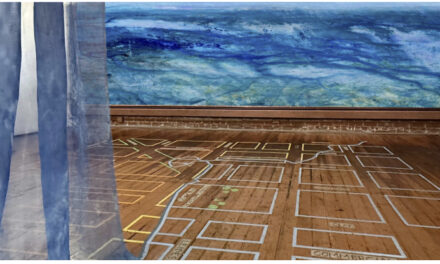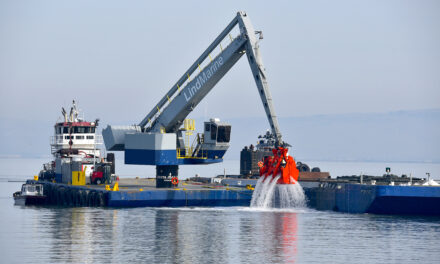Radio Tale of a Submerged City
On a soft, foggy San Francisco morning, Soraya Broussard wakes up, stretches, and smiles as she looks out from her hilltop near Land’s End over the calm ocean water covering Golden Gate Park. At the Duboce Triangle, which is now a beach, the Tsongas family begins their day as we hear the town gossip about them, while a nearby pandemic recluse emerges to collect the basket of fruit that the neighboring house of orphans have left for her.
These are scenes from The Forever Wave, a locally-produced radio play that takes place in a world where the sea level has risen 200 feet and turned San Francisco’s hills into an archipelago of islands.
“The idea of a drowned San Francisco after significant sea level rise had been on my radar for a long, long time,” says Nicole Gluckstern, the playwright and director.
San Francisco’s hills left as islands after 200 feet of sea level rise, adapted from the San Francisco Archipelago Map (2012).
The Forever Wave, closely based on the structure of the 1954 Welsh radio play Under Milk Wood, has over 60 characters voiced by 12 actors. The narrative floats in and out of their thoughts and stories over the course of 24 hours. Characters range from drag queen nun Sister Precious Little at Coit Tower on Telegraph Island, to a reminiscing captain on a fishing boat, to a group of hard-working health care workers at the Presidio which has returned to its origins as a hospital. As in Under Milk Wood, Gluckstern flows her narrative from dreams and spirits into scenes of everyday life. The audience hears from both the dead and the survivors of a massive tide that has submerged most of San Francisco, and listens to a new society that is unfettered by the raging inequities of our present day.
“I wanted to transpose Under Milk Wood to a kinder, gentler San Francisco,” explains Gluckstern. “There are multiple voices from the past and present, and inter-generational voices are very important to me.”
For San Francisco history buffs there are some clear nods to the colorful past in this drowned future, from the parrots of Telegraph Hill, to the Coit Tower nun based on the Sisters of Perpetual Indulgence, to an Emperor Norton-esque character called the King of Strawberry Hill who creates his own money.
Unlike many climate fiction and even non-fiction works that strongly emphasize the worst climate change impacts and their sobering aftermath, The Forever Wave refreshingly explores the opportunities that rebuilding with a blank slate offers.
“I definitely wanted this to be less about the disaster and more: what are you going to do after the disaster?” Gluckstern says. “How are we going to survive it as individuals or as a society?”
The playwright Nicole Gluckstern at home in San Francisco. Photo: John Rock.
While Gluckstern freely admits that 200 feet of sea level rise by 2070 is implausible, it was inspired by an infamous sea level rise map that San Franciscan cartographers Burrito Justice and Brian Stokle created in 2012. For The Forever Wave, Justice and Gluckstern created a new version with the islands and communities from the play (see above).
The actors, audio engineers and sound designers were all pulled together through Gluckstern’s connections from decades of work in the Bay Area theater scene, including narrators Nathaniel Justiniano and Megan Trout. The play opens with “The Gates”, a haunting tune by San Francisco legend Mark Growden, who wrote the song as a direct response to Hurricane Katrina, followed by the more optimistic “Esperanza” by the Mission District-based Banda Sin Nombre.
The Forever Wave debuted in March 2023, playing for several months on community radio stations around the Bay Area, from KWMR in West Marin to KSFP in San Francisco to KACR in Alameda. Gluckstern and the play are now touring the international Fringe Festival circuit as a digital, on-demand production. They participated in the Philly Fringe Festival in September and are currently at the Melbourne Fringe through October 22.
Other Recent Posts
Slow Progress on Shade For California’s Hottest Desert Towns
Coachella Valley communities face record temperatures with little shade. Policy changes lag as local groups push for heat equity.
In Uncertain Times, the Port of Oakland Goes Electric
A $322M grant powers Oakland’s port electrification — cleaning air, cutting emissions, and investing in community justice.
Testing Adaptation Limits: Mariposa Trails, Marin Roads & San Francisco Greenspace
In KneeDeep’s new column, The Practice, we daylight how designers, engineers and planners are helping communities adapt to a changing climate.
ReaderBoard
Once a month we share reader announcements: jobs, events, reports, and more.
Boxes of Mud Could Tell a Hopeful Sediment Story
Scientists are testing whether dredged sediment placed in nearby shallows can help our wetlands keep pace with rising seas. Tiny tracers may reveal the answer.
“I Invite Everyone To Be a Scientist”
Plant tissue culture can help endangered species adapt to climate change. Amateur plant biologist Jasmine Neal’s community lab could make this tech more accessible.
How To Explain Extreme Weather Without the Fear Factor
Fear-based messaging about extreme weather can backfire. Here are some simple metaphors to explain climate change.
Live Near a Tiny Library? Join Our Citizen Marketing Campaign
KneeDeep asks readers to place paper zines in tiny street libraries to help us reach new folks.
Join KneeDeep Times for Lightning Talks with 8 Local Reporters at SF Climate Week
Lightning Talks with 8 Reporters for SF Climate Week
Staying Wise About Fire – 5 Years Post-CZU
As insurance companies pull out and wildfire seasons intensify, Santa Cruz County residents navigate the complexities of staying fire-ready.






